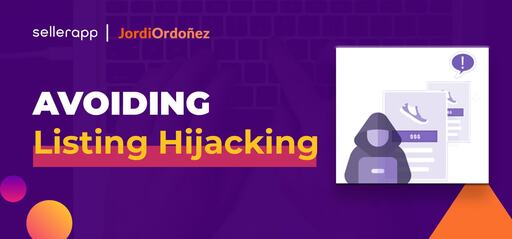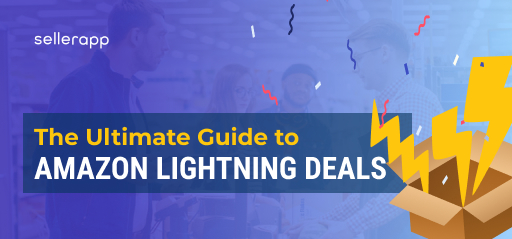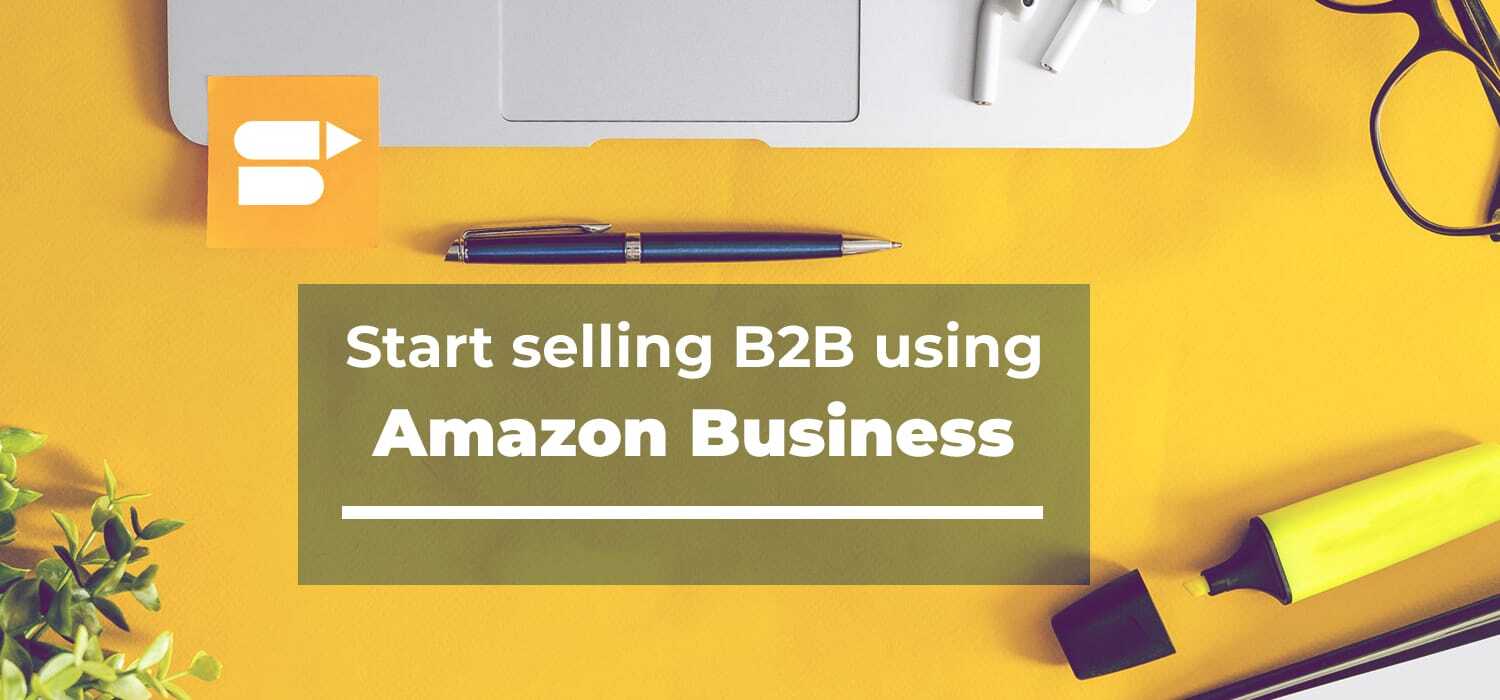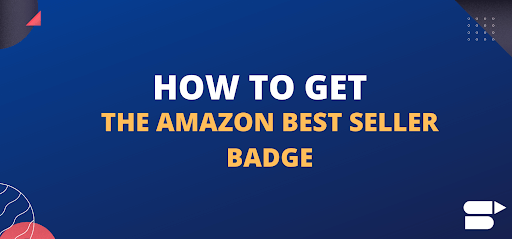Avoid Amazon Listing Hijacking Using SellerApp’s Alerts

We are going to address a problem to which all Amazon sellers are exposed to a greater or lesser extent: the hijacking of listings by third parties.
This is a practice that generates hundreds of thousands of dollars in losses for sellers selling legitimate products and, with this article, we want to help you identify these attacks so that you can prevent them before it is too late.
What is listing hijacking on Amazon and how does it happen?
The introduction may have sounded a bit alarmist, but it is not at all the intention. We just want you to be forewarned about a Black Hat practice that exists and occurs more frequently than you might think.
The name leaves little room for doubt as to what it is. It is almost literally a hijacking of one of your products. A competitor manages to gain control of an ASIN token of which, up to that point, you had managed to take control of the Buy Box. In other words: you used to be the default seller, but now you are not.
How do they usually do it? By lowering the price in a very important way. So much so that going to war on that aspect can only worsen your competitive situation and, even in the case of managing to regain control, your margin would be so reduced that it could become directly unviable economically.
If you are wondering how they can lower the price so much without losing money in the process, there are two main possible answers.
Additional Read: How to Answer Customer Questions on Amazon.
1. They don’t lose money because they are selling a product that is directly counterfeit. The quality is minimal, but they don’t care too much. In their scorched earth policy, they will go to make as many sales as possible in the shortest period of time.
2. They lose money but they don’t care. Their objective is simply to make you lose your competitive position. It could be, therefore, a competitor seeking to harm us.
In the first case, the damage they do goes far beyond the sales opportunities you may miss to the benefit of these rivals. We don’t need to tell you how much it costs to make a brand on Amazon, the level of attention you need to have, and the quality required to get good ratings. All of that will go down the drain without you being able to do anything about it the moment customers start receiving a product of much lower quality.
I’m sure that more than once you have observed products where it is evident how the ratings were declining and the opinions were getting worse and worse. It is not that in all cases this is due to hijacking, but it is a quite possible explanation.
Ok, but how can I avoid it?
Well, now we are clear about what the problem is and the consequences it can have. Therefore, it is time to think about doing everything we can to prevent it from happening to us and, in the case of suffering it, we have the necessary resources, tools, and reaction capacity to turn the situation around before the damage to our business is totally irreparable.
Register your trademark
If you haven’t done this yet, I don’t think you should wait much longer: as soon as you finish reading this post, this is the first thing you have to do.
It is an option that is available in seller central for all sellers who manage their own brands and have them registered in the corresponding agencies in each country.
The process is simple: access the Amazon Brand Registry and follow the instructions to register the brand in an international country/marketplace where Amazon operates. Then you will only have to complete a form in which you are asked some questions such as whether your product or packaging carries the name and/or logo (this is important in their eyes and those of customers).
We must also incorporate the registration data that appear in the corresponding organism, unique product codes as GTIN, categories to which the products of the brand correspond, our website (if possible with the domain of the brand itself) to prove ownership, licenses, linkage with your seller account, the origin of the products … and we submit the request.
After a few days, our request will be reviewed and Amazon will contact us to ask us to submit a copy of the document proving the ownership of the trademark.
What we get once the request is accepted, is greater control over our products in a direct and indirect way, since Amazon has some proactive and automatic policies that act by themselves to certain fraudulent uses. In addition, this is basic to be able to make a complaint in case you want to defend yourself against a case of hijacking in your listing. It is the most effective way to demonstrate ownership and rights over the trademark.
Although it is not exactly related to the topic of this post, it is worth remembering that registering the brand has other advantages that improve the capacity of our product pages with A+ content, access to sponsored brands campaigns, creation of Amazon stores, and advanced analytics.
Recommended: Ultimate guide on Amazon product detail page.
Use SellerApp product alerts
The next thing you should do from the moment you are certain that no one can trademark your products, it’s time to take a position of control over your competitors.
You could make a manual control of all the products of your listing checking daily that there are no suspicious movements. The problem with doing it this way is that it is not efficient in terms of time and it is not difficult for you to stop doing it after some time or to space out the control more than it is advisable.
Additionally, when it comes to huge listings, it is impossible to keep track of everything in a non-automated way.
What is the solution? I can’t think of anything better than a system like SellerApp’s product alerts. It works 24/7 without a break monitoring. In the case of detecting an unusual movement in one of your competitors (such as a radical price drop), you will receive a notification so that you can get to work by filing a complaint with Amazon.
This is something that happens in real-time and it is important that you do so, because every minute can be costing you money and a reputation that you are not going to recover so easily.
What is the procedure to make the claim?
First of all, I would recommend you to appeal to the most diplomatic way. Thanks to the alert received you know exactly who and with which product is trying to hijack your listing.
Write a polite email to the attention of the person in charge. The email clearly states that you are aware of their attempt to sell a product to which you have legal rights and offer them a 24-hour grace period to remove it from the Marketplace with the warning that, if they do not do so, you will initiate a process directly with Amazon.
If after that day you notice that he has not ignored your request, it’s time to get serious by notifying the platform that the seller is trying to sell a counterfeit of a legitimate product.
In your seller central user panel, you will find a link to the necessary tool. Click on “notify us” and complete the form. If your claim is successful, you will receive a notification confirming that the product is no longer operational.
These are some steps that you should follow and that I recommend you not overlook. If you do not have the trademark registered and do not monitor your listings, it is possible that when you reach this last point it will be too late and, what is worse, you will have no chance of reversing the situation.
Conclusion
I don’t know if you ever had a listing hijacking problem. I did and, believe me, there’s nothing you can expect on Amazon’s side to solve it asap. Your revenue will be dramatically impacted so, the best you can do is to prevent it. Registering your brand on Amazon’s Brand registry is a must and also monitoring your listings 24/7. SellerApp can help you with that so, at least you get a real-time alert once someone is trying to blow up your listing.
Believe me, I’ve been there, I’ve seen $20,000/day listings lose their Buy Box to a hijacking seller and prevention is better than cure.
Additional Read:
15 Practical Ways to Make Money on Amazon
Sell More with Amazon Action Plan
A complete guide to finding Best Selling Amazon Products
What can I do with SellerApp Freemium










